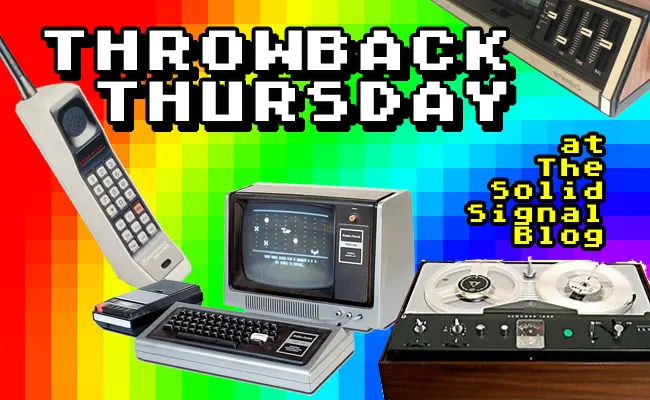Here’s the funny thing about endings. You usually don’t know you’re in them until it’s way too late. There’s a meme that goes something like, “One day, you and your childhood friends got together to hang out for the last time. You didn’t know it would be the last time, it was just another day. But the world was different for you after that and you didn’t even know it.” How true, right? And so it is for most things. Without dragging anyone back into a pit of despair, think back to the last week of February, 2020. You had no idea what was about to happen, right?
The beginning of the end for the streaming world was, according to this blog, July 31, 2017. I know, I’m just as surprised as you are. But as the saying goes, we didn’t know… it was just another day.
Where it all started to go south
It started with a fairly small content provider, Discovery Communications, buying another one, Scripps. I blogged about it on the day it happened. Both companies were known as providers of low-impact, basic cable programming. You probably watched some of it and you might still watch some of it. But no one knew at the time that it was the beginning of something that would start to topple streaming as we know it.
What happened, exactly?
Discovery bought Scripps, and like most media companies in the last decade, reinvented itself as a streaming company. It wouldn’t be until 2021 that the company launched Discovery+, its paid streaming service. But you know the plans for it started right after that 2017 announcement, perhaps before.
Starting a paid streaming service gave Discovery access to cash and credit. By 2022, we knew what they were going to use it for. Discovery bought Warner Media from AT&T. AT&T had only owned Warner since 2018, and you have to imagine the plans to sell it probably started just a few months after that. AT&T’s purchase of Warner was really contentious, with many in the government seeking to block it. But, it went through, only to have AT&T fire sale it off not long after.
Still, while AT&T owned Warner, they did one important thing, and it’s the same thing Discovery did. On May 27, 2020, AT&T rolled out HBO Max, its streaming service. Unlike Discovery+ which leaned heavily on the same content they had used for decades, HBO Max promised to be different. There was a lot of new original programming, and a curated selection of classic movies you couldn’t get anywhere else.
HBO Max quickly became the darling of film lovers, including myself. We hoped it would usher in a new era of quality streaming, rather than just a massive dump of poor-quality content like what we’d seen on Netflix. And it was, for a time.
And then the other shoe dropped.
In February, 2022, AT&T announced that they were spinning off Warner Media, ceding control to Discovery. Discovery couldn’t have done it without the work they’d done to get Discovery+ off the ground, and that wouldn’t have been possible without their purchase of Scripps back in 2017.
Of course we all know that in the months to followed, most people’s perception of HBO plummeted. It turns out that they were only able to provide so much quality content by spending too much. HBO Max, it was revealed, was hemorrhaging money. Their new daddy, David Zaslav, put an end to that pretty darn quick. Zaslav did it by canceling projects, taking content off the service, and generally stomping on everything that people loved about HBO Max. Only time will tell if that was a good idea.
As goes HBO Max, so goes the streaming world
HBO Max’s totall gutting was one of the two wakeup calls the streaming industry got in 2022. The other was finding out that Netflix was losing money and subscribers for the first time ever. All of a sudden, projects all over the streaming universe were slashed and folks like me started forecasting doom and gloom.
It’s way too early to know how this will all shake out. If you’ve been reading Streaming Saturday on this blog, you’ll know I’ve forecasted that some apps won’t make it past this year. It looks like Showtime is going to be one early fatality, as its content is being folded into Paramount+. HBO Max in its current form will be another, as we know that it will be replaced with another app of some sort in the spring. But, the bleeding likely won’t stop there. At least one streaming app will probably just shut down, and others will cut way back.
And honestly, it all started on that day in 2017. We just didn’t know it yet. As Andy Bernard said in The Office, “I wish there was a way to know you were in the good old days before you actually left them.” Too true.




